Optimal Timing for Masonry Services
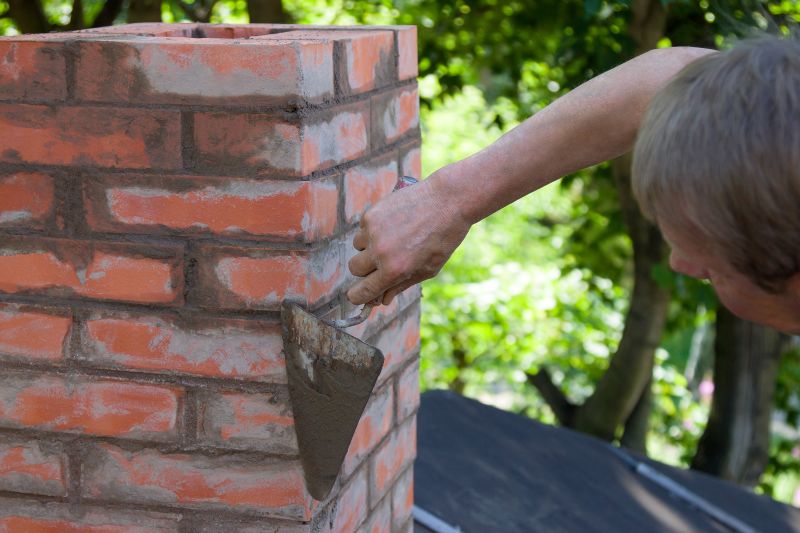
Spring offers moderate temperatures ideal for masonry projects, reducing the risk of cracking or shifting caused by extreme weather.

Summer provides longer daylight hours and warmer weather, facilitating efficient masonry work, though high temperatures require hydration and shade considerations.
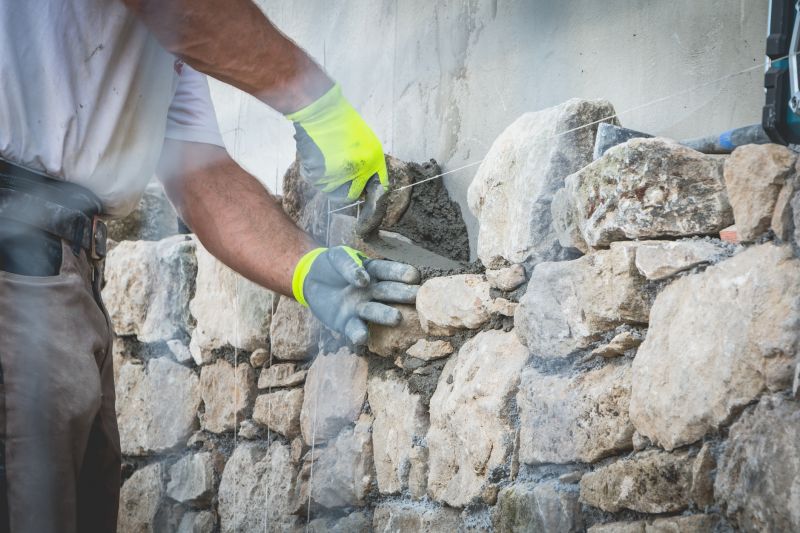
Fall's cooler temperatures and lower humidity levels help prevent moisture issues, making it a suitable time for masonry repairs and installations.
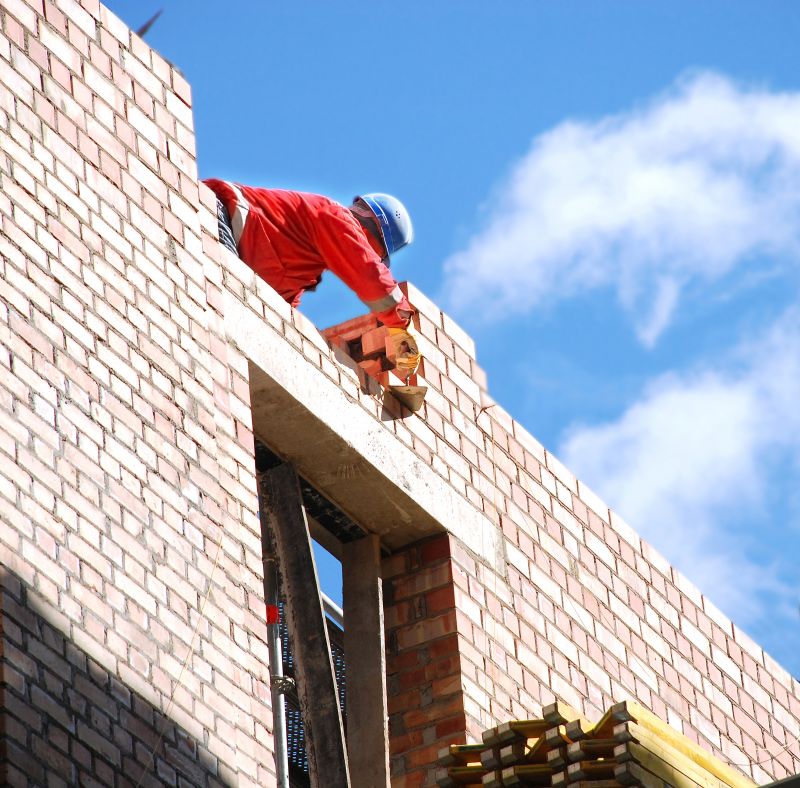
Ways to make Masonry Service work in tight or awkward layouts.

Popular materials for Masonry Service and why they hold up over time.

Simple add-ons that improve Masonry Service without blowing the budget.

High-end options that actually feel worth it for Masonry Service.

Finishes and colors that play nicely with Masonry Service.
Masonry services involve the construction, repair, and restoration of structures using materials such as brick, stone, and concrete. Proper timing ensures optimal results, with weather conditions playing a significant role in the durability and appearance of masonry work.
Statistics indicate that scheduling masonry projects during moderate weather conditions can reduce the likelihood of material cracking and ensure better adhesion. For example, projects completed in spring or fall report fewer issues related to moisture and temperature fluctuations.
Temperature, humidity, and precipitation are key factors that influence the best timing for masonry work, affecting curing times and material stability.
Scheduling during less busy seasons can lead to more flexible project timelines and potentially lower costs.
Avoiding extreme weather conditions like freezing temperatures or heavy rain helps maintain the integrity of masonry structures.
Proper planning and protective measures are essential to mitigate weather-related issues during masonry projects.
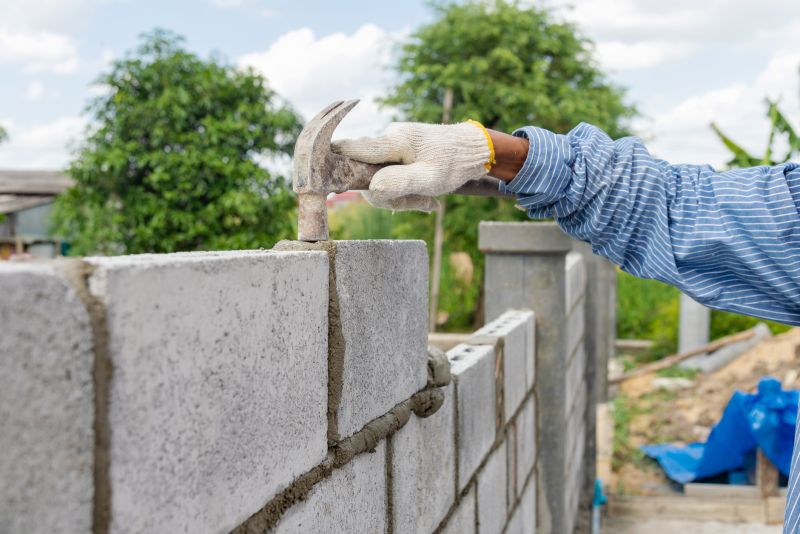
Spring is ideal for repairs, with mild weather supporting effective curing and bonding.
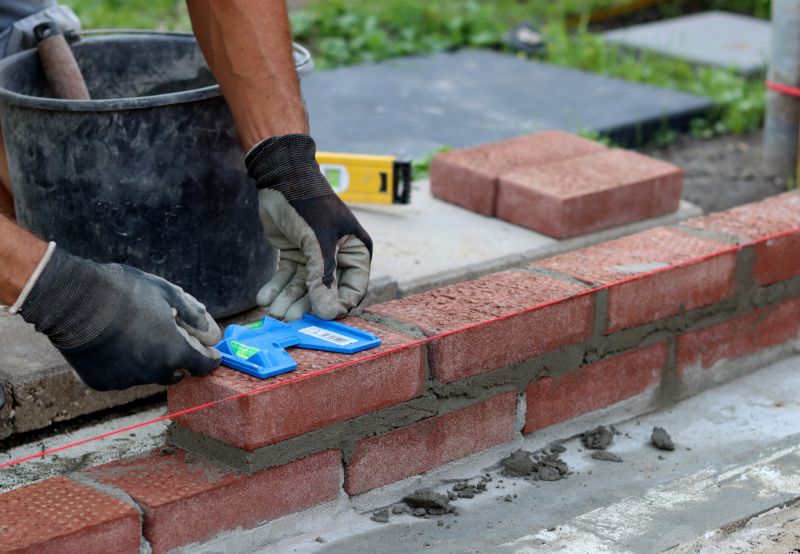
Longer days and warm weather facilitate efficient construction, provided precautions against heat are taken.
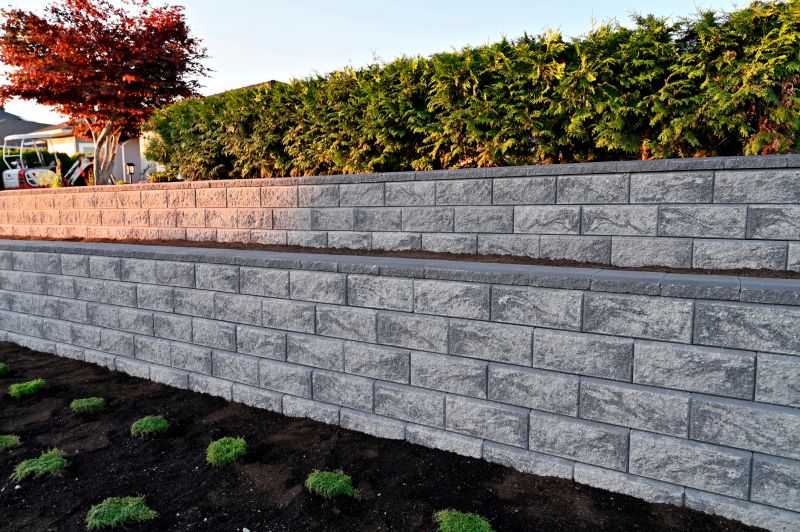
Cooler temperatures help prevent moisture buildup, making fall suitable for restoration work.
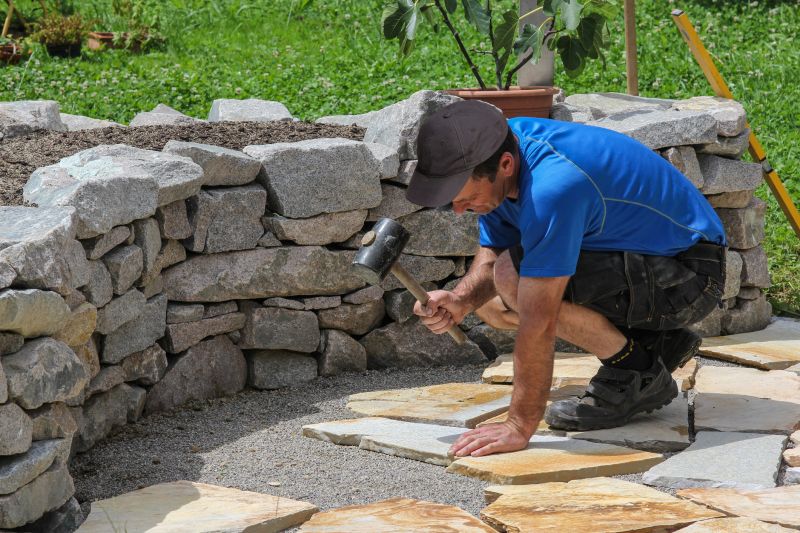
Cold temperatures and frost can hinder masonry work, requiring specialized techniques or postponement.
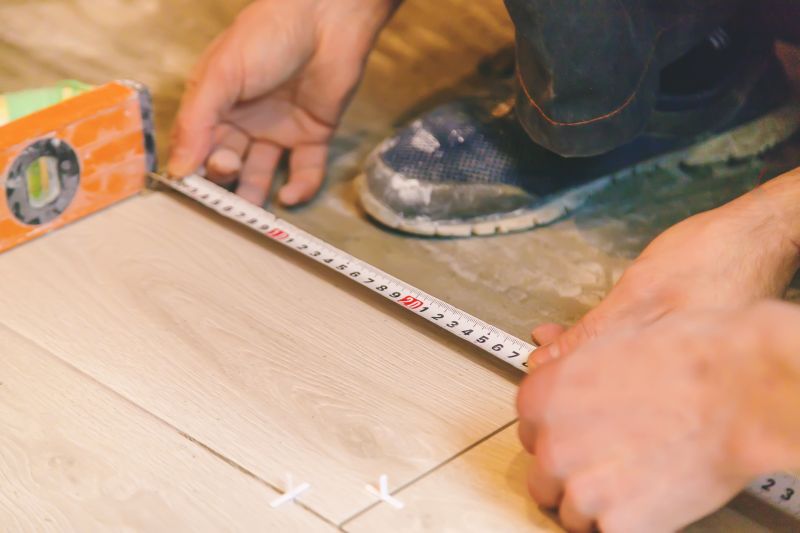
Little measurements that prevent headaches on Masonry Service day.
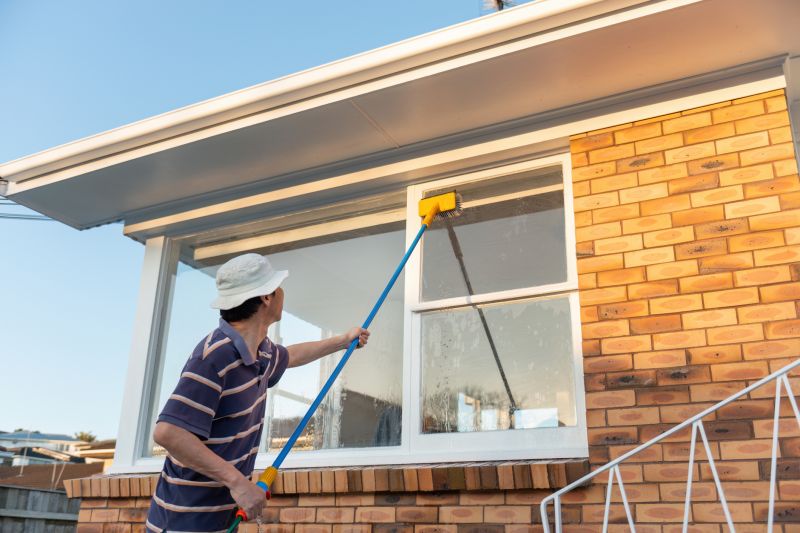
A 60-second routine that keeps Masonry Service looking new.

A frequent mistake in Masonry Service and how to dodge it.

Small tweaks to make Masonry Service safer and easier to use.
| Season | Ideal Activities |
|---|---|
| Spring | Construction, Repairs, Restorations |
| Summer | New builds, Large projects |
| Fall | Restorations, Repairs |
| Winter | Limited activities, inspections |
Masonry services are essential for both new construction and the maintenance of existing structures. Proper timing ensures longevity, with optimal weather conditions supporting the curing process and adhesion of materials. Scheduling during appropriate seasons can help prevent issues such as cracking, shifting, or moisture intrusion.
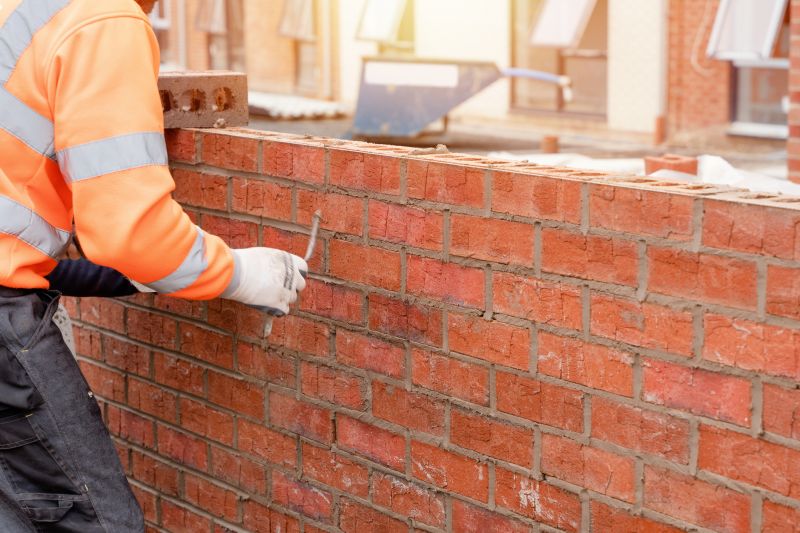
Professional masonry projects showcase the importance of timing for structural stability.
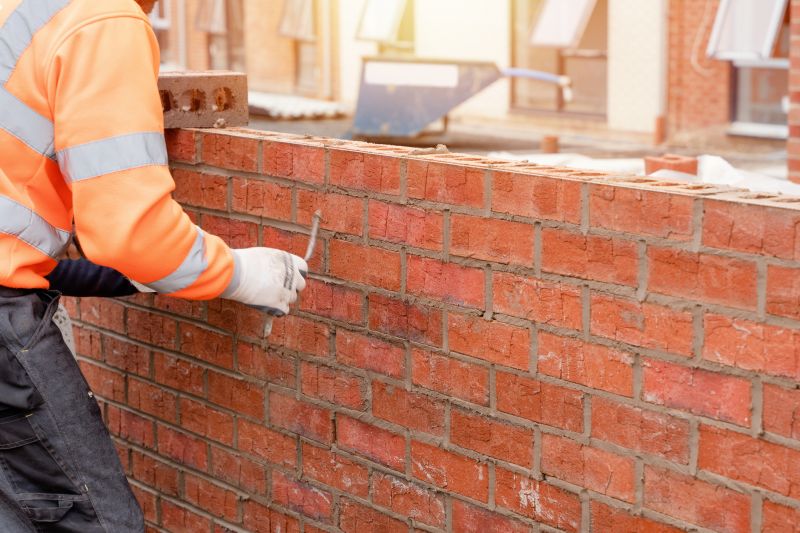
Timing is crucial for preserving the integrity and appearance of historic structures.
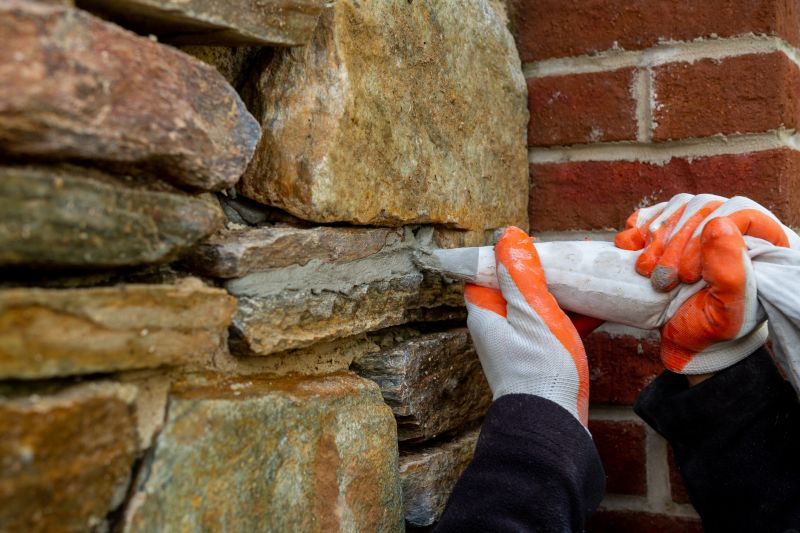
Proper scheduling ensures efficient project completion and durable results.
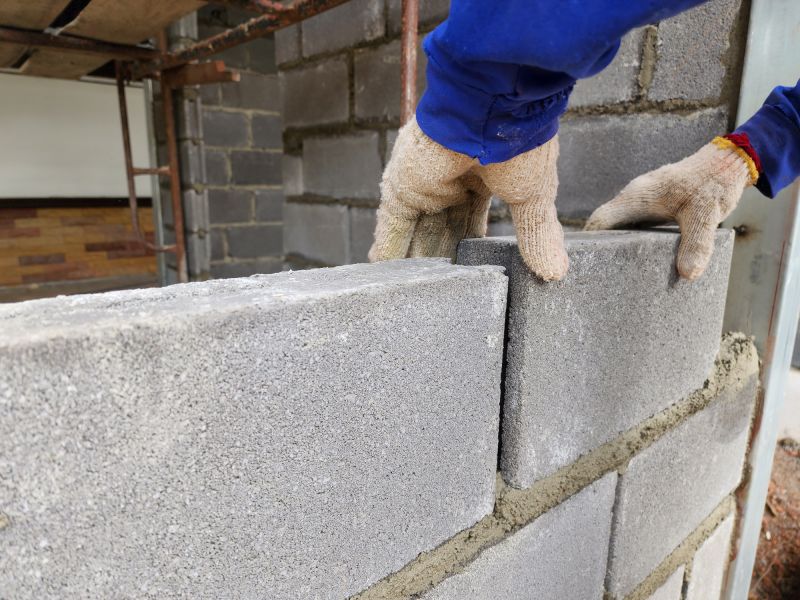
Effective repairs depend on suitable weather conditions for proper curing.

Lower-waste or water-saving choices for Masonry Service.

The short, realistic tool list for quality Masonry Service.

Rough timing from prep to clean-up for Masonry Service.

Quick checks and paperwork to keep after Masonry Service.
Interested individuals seeking masonry services are encouraged to contact for scheduling and consultation. Proper timing can significantly impact the quality and durability of masonry work, making professional guidance valuable for optimal results.
